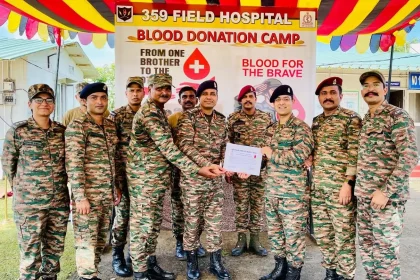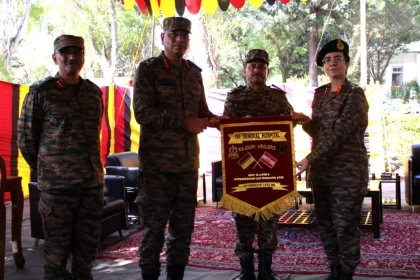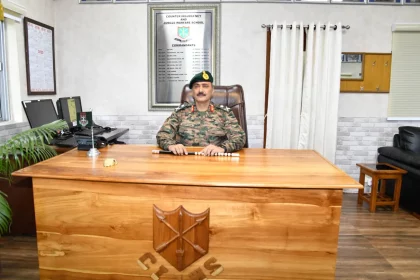Indian Army’s Fire & Fury Corps Organises Medical Camp in Mushkoh Valley under Operation Sadbhavana
Through initiatives like Operation Sadbhavana, Fire and Fury Corps continues to demonstrate its unwavering commitment to the welfare of the…
Brahmastra Corps Organises Blood Donation Camp to Mark National Voluntary Blood Donation Day
Guided by the ethos of “Service Before Self”, Brahmastra Corps stands as a symbol of strength, vigilance, and unwavering dedication.
Lt General PK Mishra Commends 150 General Hospital for Exemplary Service During Op Sindoor
The recognition underscores the indispensable role played by military healthcare professionals in sustaining the fighting strength of the armed forces…
General Anil Chauhan Stresses Preparedness for Future Bio-Threats and Nuclear Deterrence at MNS Centenary Celebrations
The centenary celebration was not only a tribute to a century of unwavering service but also a reaffirmation of the…
Major General Kulvir Singh Assumes Command of Counter Insurgency & Jungle Warfare School, Vairengte
Under the leadership of Maj Gen Kulvir Singh, CIJWS is poised to continue its legacy of excellence, innovation, and strategic…






